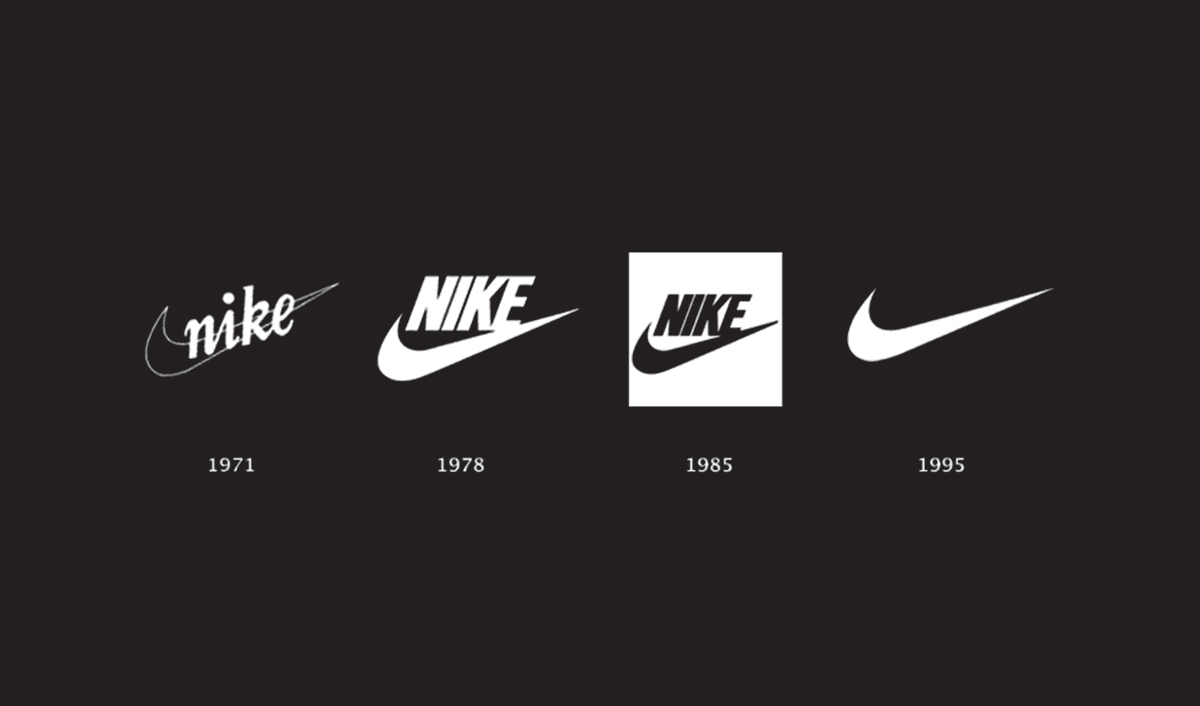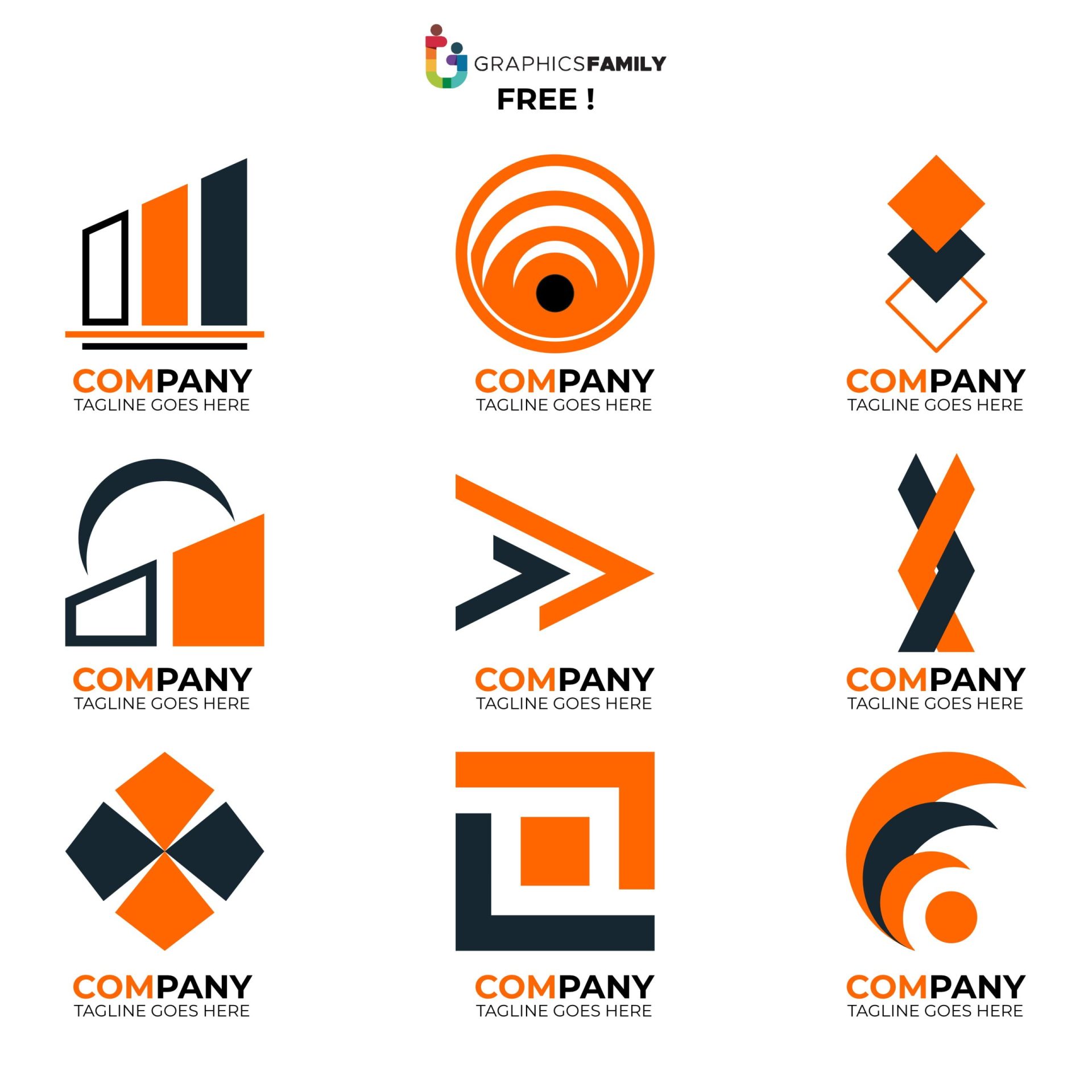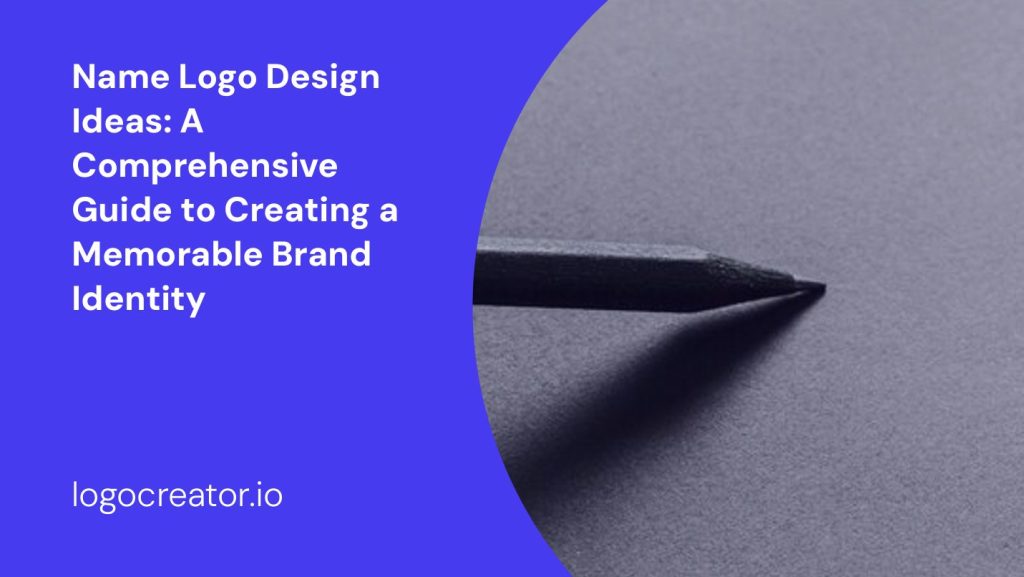Are you looking to create a unique and memorable brand identity for your business? One of the most important elements of any brand is its logo. A well-designed logo not only captures the essence of your brand but also helps in establishing brand recognition and recall. In this article, we will explore various name logo design ideas that can help you create a powerful and distinctive logo for your business.
Understanding the Importance of a Name Logo

Before we dive into the design ideas, let’s first understand the significance of a name logo. A name logo is a visual representation of your business’s name. It is the primary identifier of your brand and serves as a key element in all your marketing efforts. A well-designed name logo can communicate your brand’s values, personality, and unique selling proposition to your target audience.
Key Considerations for Name Logo Design

When it comes to designing a name logo, there are a few key considerations that you should keep in mind. These considerations will help you create a logo that not only looks visually appealing but also effectively represents your brand. Let’s take a look at them:
1. Brand Identity
Your name logo should reflect your brand’s identity and values. Consider the personality of your brand – is it playful, professional, luxurious, or eco-friendly? Incorporate these elements into your logo design to ensure consistency with your brand image.
2. Simplicity
Simplicity is key when it comes to logo design. A simple and clean logo is more likely to be memorable and easily recognizable. Avoid cluttering your logo with unnecessary elements and focus on creating a design that is visually appealing yet straightforward.
3. Versatility
Your name logo will be used across various mediums and platforms – from your website to social media profiles, marketing materials, and even packaging. Ensure that your logo is versatile enough to be resized and adapted without losing its visual impact.
4. Color Psychology
Colors play a significant role in conveying emotions and messages. Different colors evoke different feelings and associations. Consider the emotions you want your brand to evoke and choose colors accordingly. For example, blue is often associated with trust and professionalism, while yellow represents optimism and creativity.
5. Typography
The choice of typography in your name logo can greatly impact its overall look and feel. Choose fonts that are legible and align with your brand’s personality. Experiment with different font styles to find the perfect match for your brand.
Name Logo Design Ideas
Now that we have covered the key considerations, let’s explore some name logo design ideas that can help you create a memorable brand identity:
1. Wordmark Logo
A wordmark logo focuses solely on the brand’s name, using custom typography or a unique font to create a visually appealing design. This type of logo is ideal for businesses with a distinctive name that they want to highlight. Think of brands like Coca-Cola and Google, which have successfully used wordmark logos to establish their brand identity.
2. Monogram Logo
A monogram logo combines the initials of a brand’s name to create a visually appealing design. This type of logo is often used by luxury brands and can add a touch of elegance and sophistication to your brand identity. Famous examples include Louis Vuitton and Chanel, both of which have iconic monogram logos.
3. Symbol or Icon Logo
A symbol or icon logo uses a unique symbol or graphic element to represent a brand. This type of logo can be highly memorable and instantly recognizable. It is particularly useful for businesses that want to convey a specific message or evoke a particular emotion. Nike’s iconic swoosh logo is a perfect example of a symbol logo.
4. Combination Logo
A combination logo incorporates both a wordmark and a symbol or icon. This type of logo offers the best of both worlds, allowing you to showcase your brand’s name while also incorporating a visual element that represents your brand. McDonald’s golden arches logo is a classic example of a combination logo.
5. Handwritten Logo
A handwritten logo adds a personal and authentic touch to your brand identity. This type of logo mimics handwritten script and can be a great choice for businesses that want to convey a sense of warmth, creativity, or personal connection with their audience.
6. Abstract Logo
An abstract logo uses geometric shapes, lines, and colors to create a unique and artistic design. This type of logo allows for creative freedom and can be particularly effective for businesses in the art, fashion, or technology industries.
7. Minimalist Logo
A minimalist logo focuses on simplicity and uses clean lines and minimal details to create a visually striking design. This type of logo is highly versatile and can work well across various mediums and platforms.
Bringing Your Name Logo to Life

Once you have selected a design idea for your name logo, it’s time to bring it to life. Consider working with a professional graphic designer or a logo design service that can help you create a high-quality logo that accurately represents your brand.
When collaborating with a designer, make sure to provide clear guidelines and communicate your brand’s values, personality, and audience. Collaborate closely with the designer throughout the design process, providing feedback and revisions as needed to ensure the final logo meets your expectations.
Conclusion

Designing a name logo is a crucial step in establishing a strong and memorable brand identity. By considering the key elements discussed in this article and exploring different design ideas, you can create a name logo that effectively communicates your brand’s values and resonates with your target audience. Remember, a well-designed name logo can play a significant role in making your brand stand out in a crowded marketplace.
Barry Edwards is a digital marketing expert with a deep understanding of content strategy, logo, and branding principles. Holding a Bachelor’s degree in Marketing from Beaconhill College, he offers valuable insights on digital marketing trends and strategies through his writing. Follow Barry’s work to stay updated on the latest in online marketing and branding.



